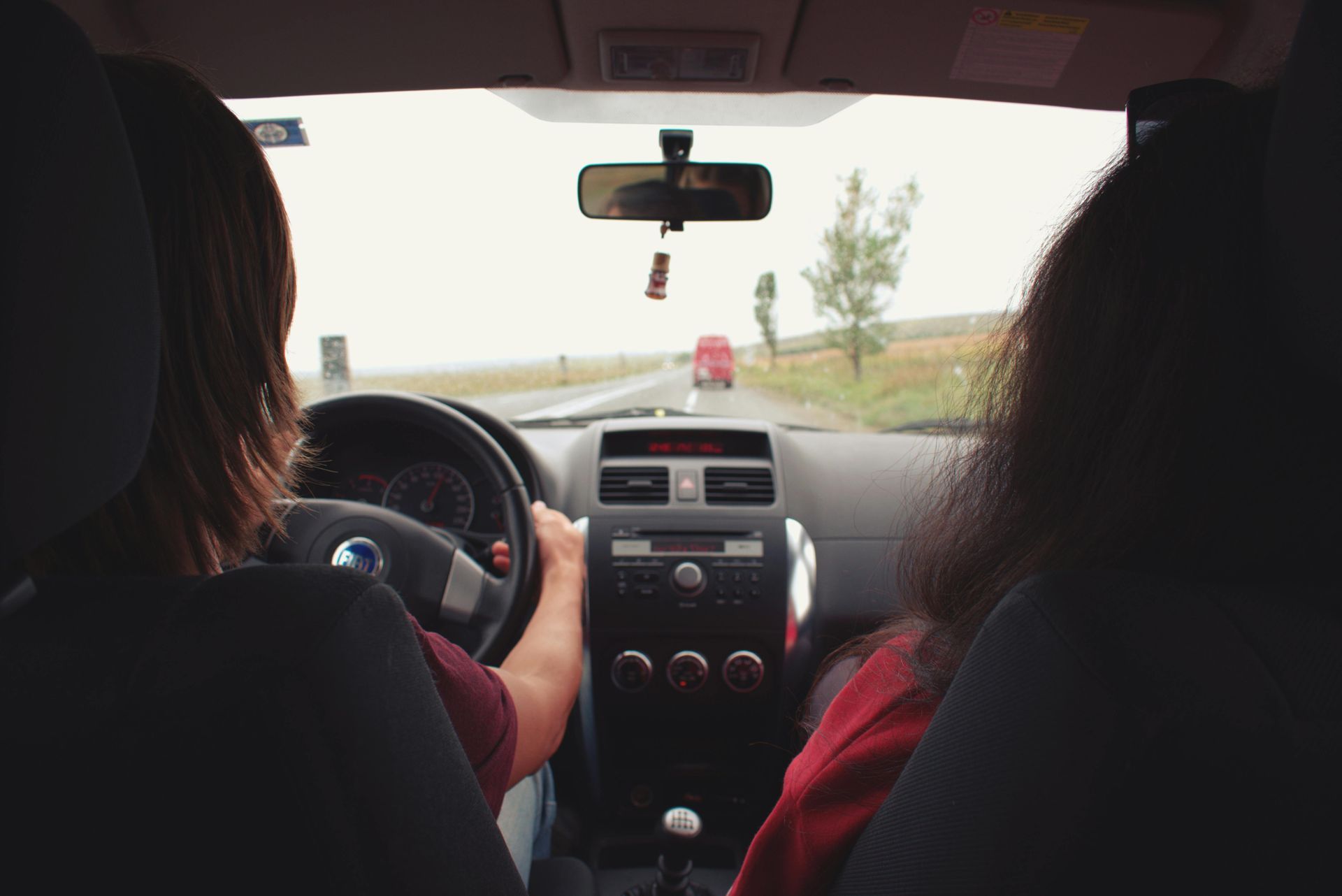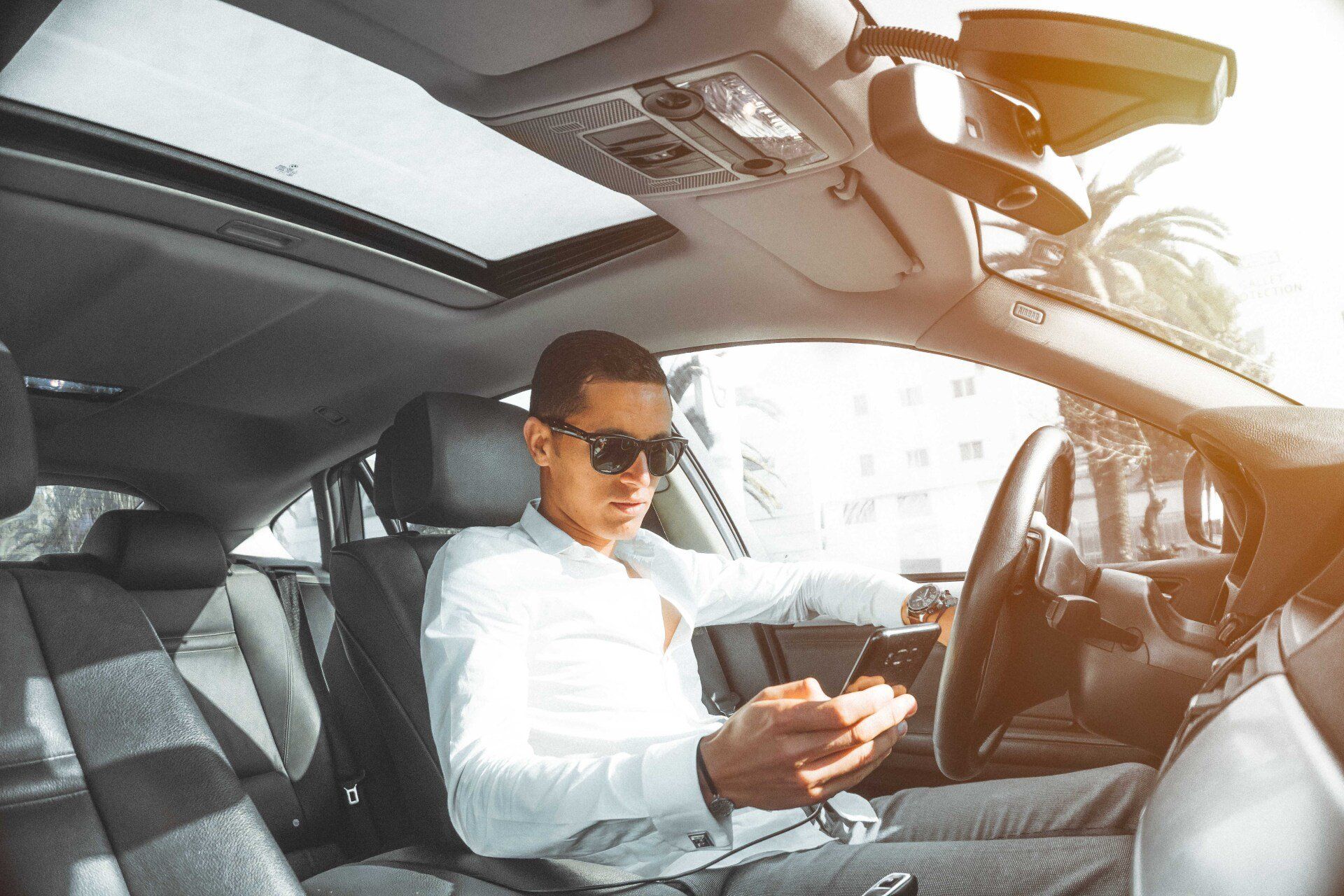Numbers To Memorize for the DMV Test (Provisional License)
marc beasley • May 1, 2024
Numbers To Memorize
Numbers You Need to Memorize for the DMV Test (Provisional License)
1
This one usually deals with points. One Point is a ticket or an accident that you might get on your record (avoid these . . .). When you get a point, the DMV will send a warning letter home to you and your parent. This point actually makes you statistically more likely to get into a car accident. . .yep.
2
Again, this one deals with points. Two points on your record and you will have a “restricted” license. This means that you will have to drive with your parent for one month. This also means that Mom or Dad may be forced to cancel your license because they can no longer afford to insure you. . .
3
Three points will mean a six-month suspension and then six more months of probation.
Also, three seconds of distance between you and ANY vehicle in front of you will prevent most accidents – I know, I know, Mom and Dad don’t do this. But they should. Really. Sometimes, a fourth point is warranted, in bad weather, in construction areas, when following a crazy person, when following a drunk, when being followed BY a crazy person or someone dumb enough to use their cell phone while driving. . .
4
This is considered a “safe” distance. Use it when determining whether you should turn left in front of an oncoming car (at an intersection or into a driveway), when turning onto a street with a car approaching you, or when pulling in front of a car when making a lane change.
5
You should signal for five seconds when making a lane change; you have five days to report selling your vehicle (a 5 kinda looks like an S, so this one is easy to remember). You should pull to the right onto a shoulder (or into a slower lane) when followed by five cars who have had to slow down behind you. Remember, NOTHING you do as a driver should ever require a reaction from another driver!
10
You have ten days to report buying a car; both parties should report an accident to the DMV within 10 days if there was more than $750 total damage or if someone was injured; you should allow ten seconds of passing time (so you don’t get hit by an oncoming car), slow your car down 5-10 miles per hour when driving in the rain.
15
There are three 15-mph prima facie (think: default) speeds. Blind intersections (where you cannot see 100 feet in either direction as you approach the intersection), blind railroad crossings (where you cannot see 400 feet in either direction as you approach the tracks), and alleys. If there is a sign, though, obey the sign.
18
Always park your car no more than 18″ from the curb. . .but don’t hit the curb.
25
The prima facie (still thinking: default) speed is 25 for all business, residential or school districts, unless a sign tells you otherwise. (Yep. Even with children present)
30
The most dangerous time to drive is the first 30 minutes of a rainstorm. The water mixes with the gunk on the road and creates extremely unsafe and slick conditions; once the gunk washes down into the sewer (ewww), the roads are much safer. Also, you should always turn on your low-beam headlights 30 minutes after sunset (we actually give you 30 minutes to realize that the sun went down . . duh. . .wake-up!) until 30 minutes before sunrise (what are you doing up that early anyway?!). Additionally, you must have your low-beam (regular) headlights on whenever you are having trouble seeing other cars or whenever your windshield wipers are on due to rain (new law – Mom may not even know that one!).
55
This is the speed limit for trucks (or cars towing vehicles). Also, they must travel in only the right two lanes of any highway; should always be passed on the left (always – trust me – always!); may take two lanes to make a turn you must make in one; cannot see you if you cannot see their mirrors; and take at least two times the distance to stop (so don’t cut them off!)
65
This is the prima facie (don’t have to tell you what to think, right?) speed for highways. Yes, there are faster and slower ones, but if you don’t see a sign, this is the speed. No, it is NOT legal to go over this speed. . . ever. Even if everyone else is doing it. Even if no one is watching. Even if Dad does.
100
You must always signal 100 feet in advance of a turn. Always. This can help prevent someone from hitting you!
200
You should merge into a bike lane no more than 200 feet from a right turn. (You must merge, though, and never cut off a bicyclist – the bike has the right of way in a bike lane). Also, bike riders must drive WITH traffic (never against traffic); they may use a left turn lane to make a left-hand turn in traffic; they cannot ride on sidewalks or crosswalks, and if under 18, they must wear a helmet (once 18, the DMV washes their hands of you – if you are dumb enough to ride a bike without a helmet around 2-ton cars going 40mph . . . it would be best if you didn’t have children of your own, anyway..
300
High beams are great on a CLEAR night when no one is around you and your low beams are just not giving you enough information about what lies ahead on the road. 300 feet is the distance from a car (you are driving behind the other car) where you should make sure to turn your high beams down to low beams, so you do not blind the other driver with the glare from his or her mirrors.
500
This is the distance in feet from an approaching car when you should turn down your high beams.
$1000
This is the only fine currently on the test. You may receive this fine if you: dump an animal on the side of the road, pass a school bus with its red lights flashing (from either direction), fail to pull over to the right for an emergency vehicle (if you see or hear him, you should pull over!), or litter (except for clear water or chicken feathers. . . you must have a reason to HAVE a live chicken in your car if you are throwing chicken feathers out the window. . .)
I know, that takes all the fun out of it. . .)
You might also like

1. Read the DMV Handbook Online https://www.dmv.ca.gov/portal/driver-handbooks/ 2. Watch YouTube Videos & Take Practice Tests Search: CIS Driving School Gardena 3. Receive Your Completion Certificate 4. Make Your Payment 5. Start Behind-the-Wheel Driver’s Training 6. Schedule & Take Your DMV Drive Test

Getting your driver’s license can be an exciting process, but also one that requires a lot of preparation and responsibility. The process varies slightly depending on where you live, but generally, these are the steps: Understand your State’s Requirements: Every state has its own set of rules and regulations for getting a driver’s license, especially for new drivers under the age of 18. The specifics can usually be found on your local DMV website. Take a Driver’s Education Course: Most states require teens to take a driver’s education course. These classes provide necessary knowledge about traffic rules, driver’s safety, and operating a vehicle. It often includes both classroom (or online) learning and driving practice. You can consider enrolling in a reputable driving school like CIS Driving School to get professional instruction. Apply for a Learner’s Permit: Usually, at the age of 15 or 16, teens can apply for a learner’s permit. This typically involves passing a written test based on your state’s driving manual. With a learner’s permit, you can practice driving, but usually under certain restrictions (such as having an adult present in the vehicle). Practice Driving: With your learner’s permit, spend plenty of time practicing driving. The more practice you get, the better driver you will be. Some states require a certain amount of practice hours before you can apply for a driver’s license. Take the Driving Test: After you’ve practiced driving and you’re confident in your skills, you can schedule your driving test at the DMV. The driving test usually includes a vision test, a written test (if not previously taken for your permit), and a practical driving test where you will drive with an instructor and be scored based on your abilities. Apply for Your License: Once you’ve passed the driving test, you can apply for your license. This usually requires paying a fee, and may include other requirements such as providing proof of insurance. Remember, getting your driver’s license comes with a great deal of responsibility. Always obey the rules of the road and be a safe, cautious driver.

